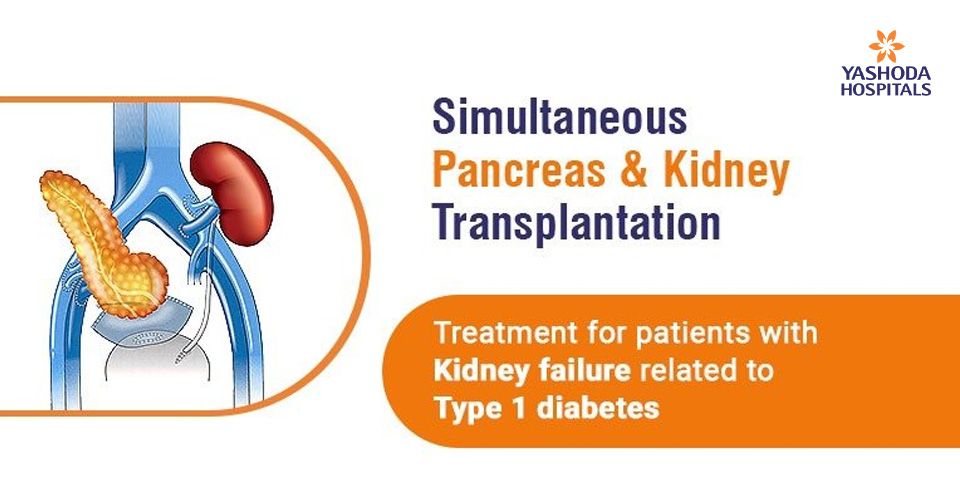Multiorgan Transplant
Organ transplantation, a complex yet beneficial procedure, is employed in individuals with end-stage organ failure, & failure of more than one organ in the body is termed “multiple organ failure”. This is often caused by certain underlying conditions, such as amyloidosis, which is characterized by deposition of abnormal proteins in the kidney, liver, & heart, thereby causing severe damage. Initially, to restore this damage & the functioning of a particular organ or organs affected, treatments such as IV fluids, oxygenation therapy, along with mechanical support are provided to improve the symptoms. However, if these treatments fail to slow the progression, a multi-organ transplant is a possible option for improving quality of life by replacing damaged organs with healthy ones, giving such individuals a second chance at life.
Organ donors might be alive or deceased. The majority of deceased contributions come from people who have been declared brain dead, a state characterized by irreversible loss of brain function, which is frequently caused by life-threatening injury, stroke, or a lack of oxygen to the brain.
Yashoda Hospitals’ multi-organ transplant department ensures proficiency and in-depth expertise in all aspects of care, from patient selection to organ retrieval, the transplant itself, pre- and post-inpatient care, equipment, infrastructure, and a multidisciplinary team of specialists to achieve the best results. Transplant patients receive personalized physiotherapy, diet, rehabilitation, and psychology services to ensure the best possible outcomes.
Choose an Organ to Know More
Health Blogs for Multiorgan Transplant
FAQ’s
Faq’s What is a multiple organ transplant called?
A multiple organ transplant, also called a dual or multi-organ transplant, is a complex surgery where two or more failing organs are replaced with healthy ones from a donor. This procedure aims to restore normal function and significantly enhance the patient’s quality of life.
What is the most common multiorgan transplant?
The most common multi-organ transplants include heart-kidney, heart-liver, kidney-pancreas, and heart-lung. Though less common than single-organ transplants, the field is expanding. Multi-organ transplants require specialized care and a coordinated team to manage the complex process, with approaches varying based on the type of transplant.
Who is eligible for a multiorgan transplant?
Certain medical conditions can impact multiple organs, resulting in organ failure in more than one system. In some cases, different illnesses or treatments can lead to unrelated organ failures. A common cause of multiple organ failure is a multisystem disease known as amyloidosis.
What is the most successful organ transplant?
Heart and kidney transplants are among the most successful procedures in transplantation.
How are organ donors matched for multiorgan transplants?
Organ donors are matched to recipients based on factors like blood type, organ size, geography, medical urgency, and waiting time. Blood type compatibility is crucial, with type O as the universal donor and type AB as the universal recipient. Organ size matters, especially for children, and proximity to the donor hospital is considered. Medical urgency and the recipient’s time on the waiting list also influence the match.
How do I get on the waiting list for organ transplants?
To get on the organ transplant waiting list in India, you can be referred by your doctor, contact a transplant hospital, schedule an evaluation, and get listed at multiple hospitals. The process includes health evaluations, understanding the risks and benefits, signing a consent form, and getting vaccinated to reduce post-transplant infection risk. When an organ becomes available, recipients are matched based on medical urgency, compatibility, time on the waiting list, and proximity to the donor.











 Appointment
Appointment WhatsApp
WhatsApp Call
Call More
More